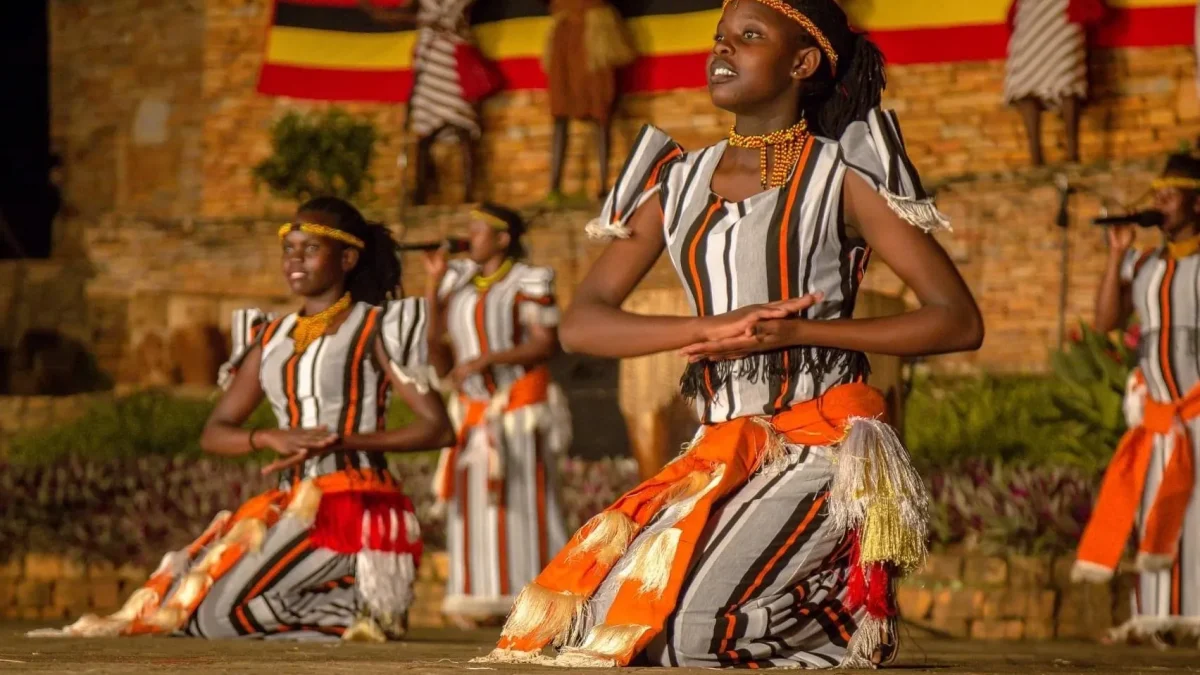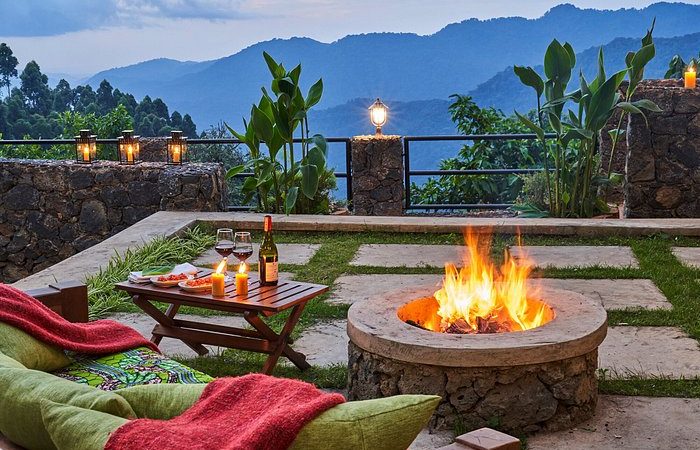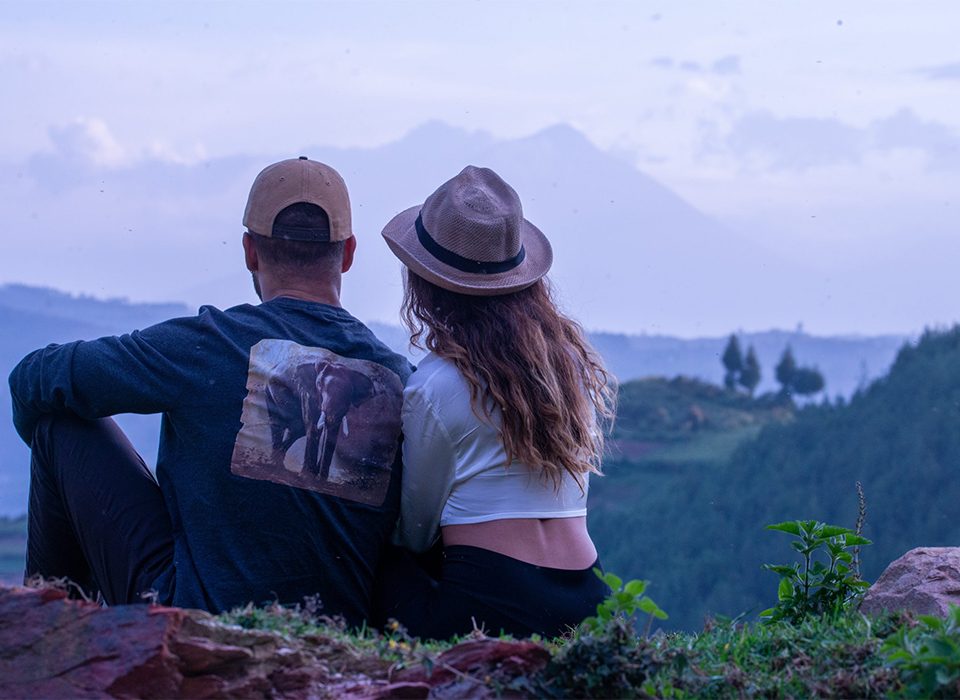Cultural Experiences in Uganda Uganda often referred to as the "Pearl of Africa" for its…
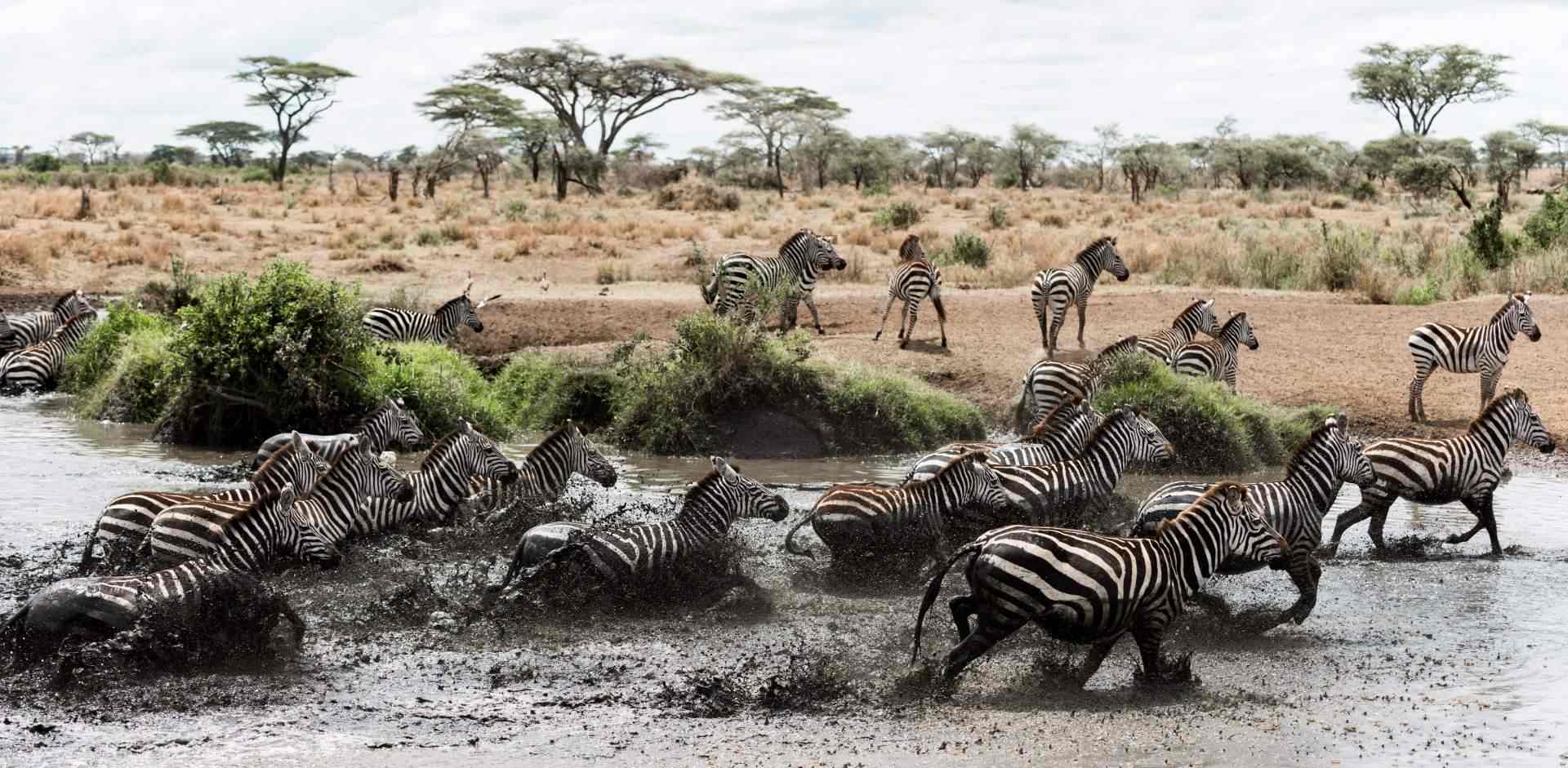
African Wildlife Safari in Tanzania
African Wildlife Safari in Tanzania : Almost everywhere in Tanzania you can find The Great Migration, African Big 5, and Tropical Beaches Safari. In the second-largest state in East Africa, going on safari has long been a part of daily life. Tanzania’s variety of wildlife and spectacular landscapes are unmatched by many other African safari locations. For beaches on the idyllic island of Zanzibar and coral reefs amid the savannah grasslands of the Serengeti, Tarangire, and Ngorongoro Crater.
You can choose to go off-the-beaten-path jewels and trek chimpanzees in the jungles of Mahale and Rubondo, or you can go game viewing alone and away from crowds in the breathtakingly wild and distinctive landscapes of Nyerere (formerly Selous) and Ruaha park.
Here are a few of our special justifications for taking a safari in Tanzania, from magnificent year-round game viewing to the Wildebeest Migration and beach finales:
Witness the Great Migration Safari
There is no other area on Earth that compares to the yearly Wildebeest Migration in terms of wildlife interactions. The Migration is the main attraction of the majority of first-time Tanzania safari itineraries because it is a breathtaking exhibition of nature at its most magnificent. Predators prey on approximately 2 million wildebeest, zebra, and antelope as they move through the Serengeti-Mara habitat in search of new grazing. One of the last major movements of terrestrial animals on the globe, the herds are so vast that they can be seen from space.
The majority of the Migration is hosted by Tanzania’s premier conservation area, the Serengeti National Park.
To keep as near to the herds as possible, mobile camps relocate frequently.
River crossings are accessible from some hotel options.
Between June and October (the river crossing season), there are few well-located safari sites available. You should reserve your Tanzania safari at least a year in advance if you want prime viewing locations for the thrilling river crossings.
You may also visit while the herds are giving birth and grazing over the plains, which is equally stunning but simpler to guarantee and has less visitors. Ask one of our experts on African safaris about planning your vacation to coincide with the herds’ movements.
Visit Ngorongoro Crater and go on a Big Five Safari in Africa.
Tanzania wildlife safari cost
Tanzania 10-day budget safari.
In ten days, visit the greatest northern park! You’ll see Lake Natron, Lake Manyara, the Ngorongoro Crater, the Serengeti National Park, Tarangire National Park, and Arusha National Park. Enjoy the breathtaking environment and incredible wildlife views as you travel around the parks. The unique game drive and walking safari in the Wildlife Management Area is part of this itinerary, along with an overnight stay in a Maasai boma lodge. The Serengeti is another place where you may see the migration!
The Ngorongoro Crater was created when a massive volcano erupted and collapsed on itself 2.5 million years ago. The Crater is the best spot in East Africa to witness the Big 5, and is now a protected habitat and a UNESCO World Heritage Site. The floor of the crater is approximately 260 square kilometers in size and 600 meters (1 970 ft) deep (100 square miles). Its unexpectedly diverse environments support about 30 000 animals.
- The East African safari’s most trustworthy Big 5 sightings.
- One of the Seven Natural Wonders of Africa.
- This region is home to some of Africa’s densest large animal populations.
Safari to Africa’s Wildlife Off The Beaten Path in Tanzania
Tanzania’s lesser-known parks and reserves are perfect for intrepid safari travelers and those who have already visited Northern Tanzania’s more popular sites. Undiscovered safari locations in Tanzania, including savannahs, marshes, rainforests, and lakes, provide amazing wildlife experiences away from the masses. Fishing, walking and boating safaris, off-roading, and night drives are also permitted, although they are not allowed in national parks like the Serengeti.
The highest population of elephants in Tanzania may be found in Ruaha National Park, which is also one of its best-kept secrets.
Nyerere National Park (also known as Selous Game Reserve) is one of the most significant wild dog sanctuaries in Africa.
One of Tanzania’s most distinctive African wildlife safari experiences is chimpanzee trekking, which may be done on Rubondo Island or in the Mahale Mountains.
Relax at Zanzibar to round off your safari across Africa’s wildlife.
Many Tanzania safaris end with a tranquil stay on a palm-lined beach next to the inviting Indian Ocean. A tropical island with plenty of sun is the ideal location to unwind and think back on your amazing safari journey before returning to your regular routine because safari days may be long and dusty. Flying from a safari national park in Tanzania to a beach in time for sunset drinks is simple.
- Zanzibar is recognized as one of the most alluring locations for a honeymoon in Africa.
- Mnemba Island, a private island in Tanzania, is a vacationer’s dream.
The diving on Pemba Island is among of the best in the world.
- From roughly October to April, swim with migratory whale sharks at Mafia Island.
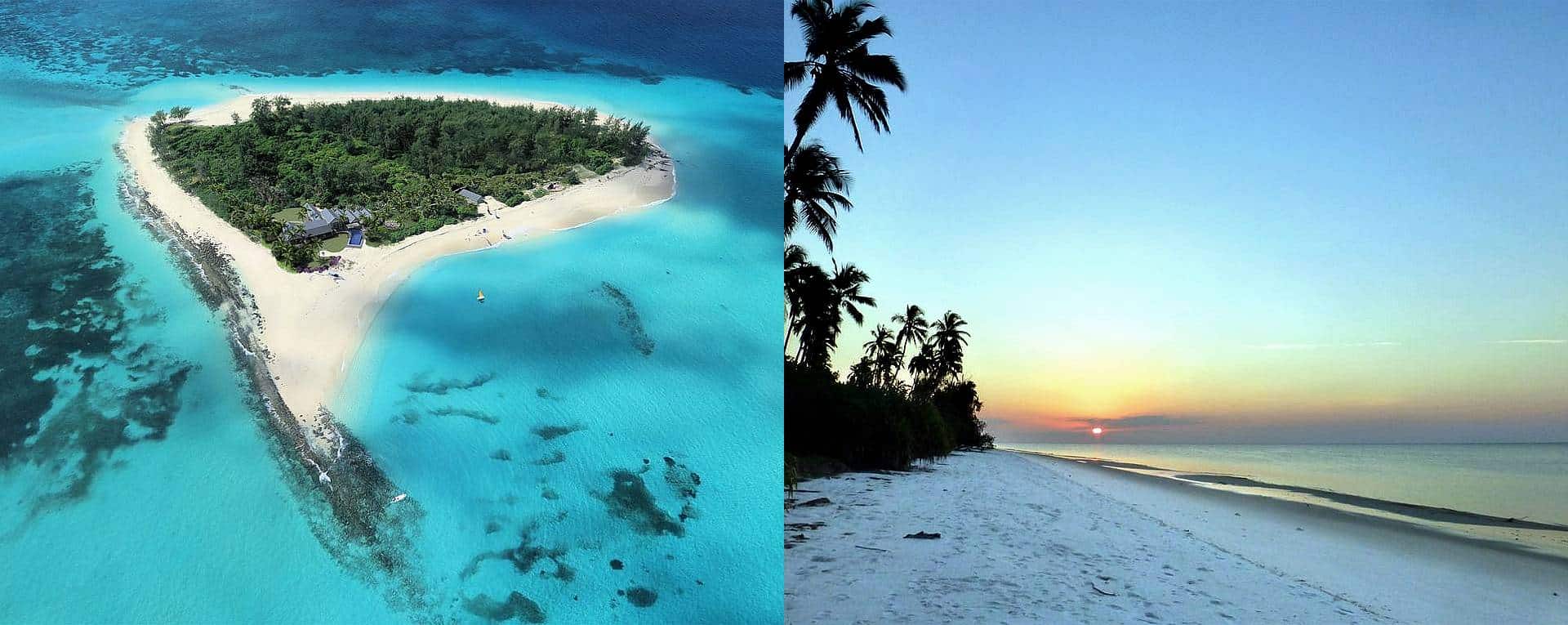
Climb Africa’s Tallest Mountain Kilimanjaro
In addition to being the tallest peak in Africa, Kilimanjaro is also the highest free-standing mountain in the world. It can take five or more days to ascend to the ‘Roof of Africa,’ which rises roughly 6 kilometers (4 miles) above Tanzania’s plains. There are many ways to reach the top, and each one has different requirements in terms of difficulty, duration, crowded, and scenic splendor. Consult one of our specialists about creating a custom
Adapt your Kilimanjaro hike to your own requirements and skills. A wildlife safari in local parks and reserves can easily be added to your hiking journey.

